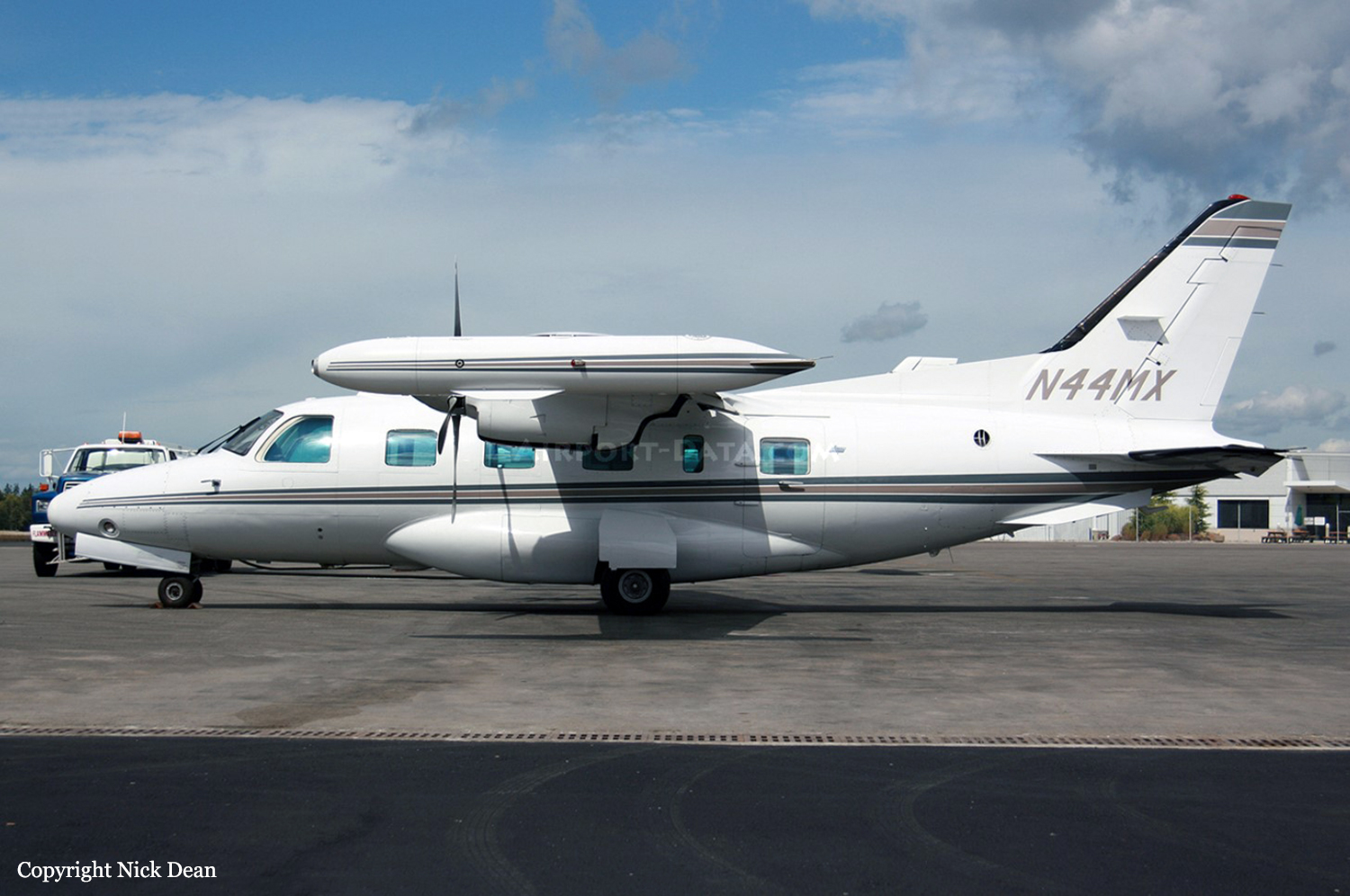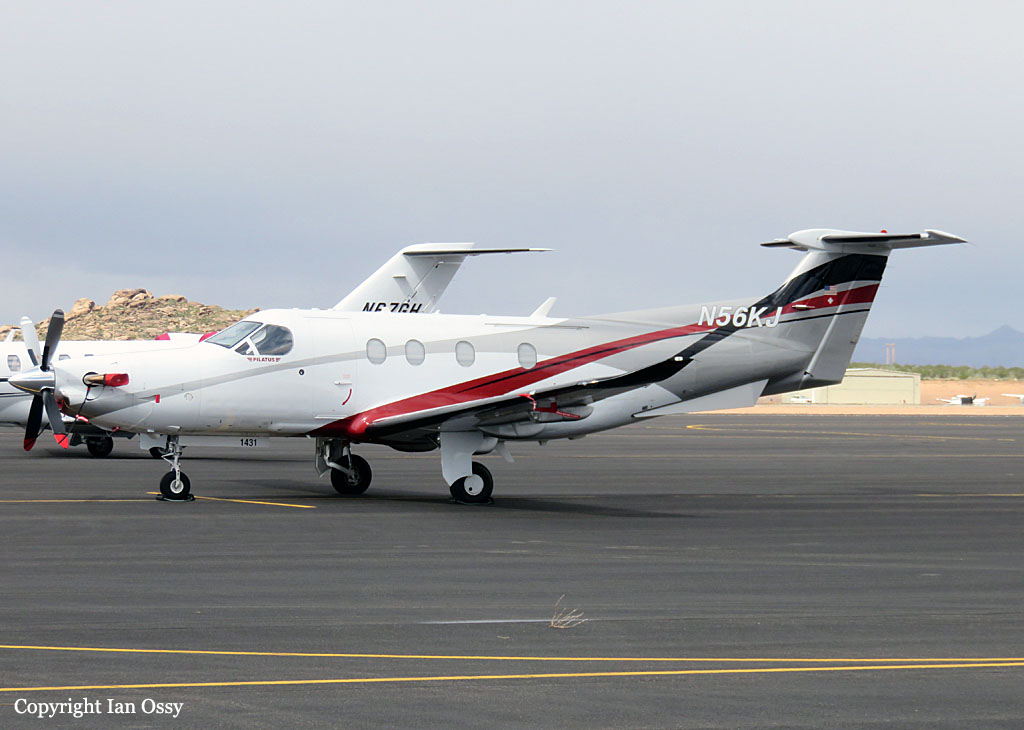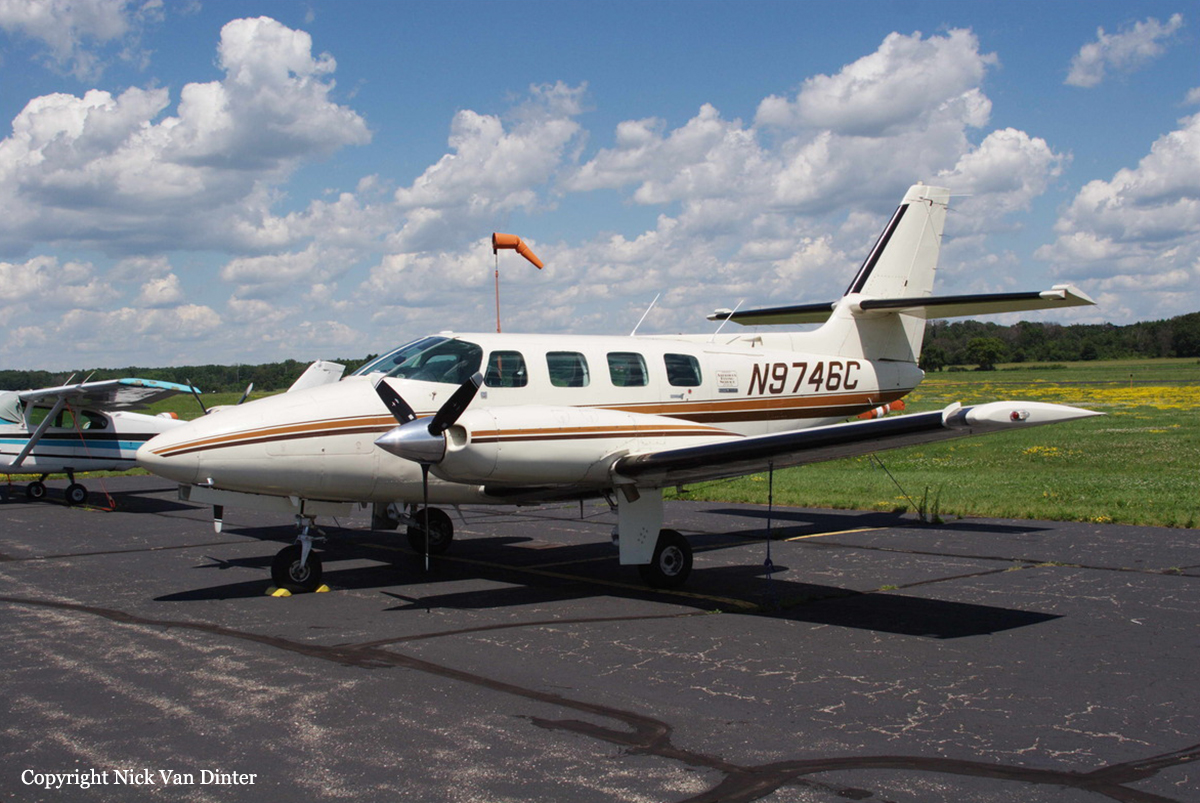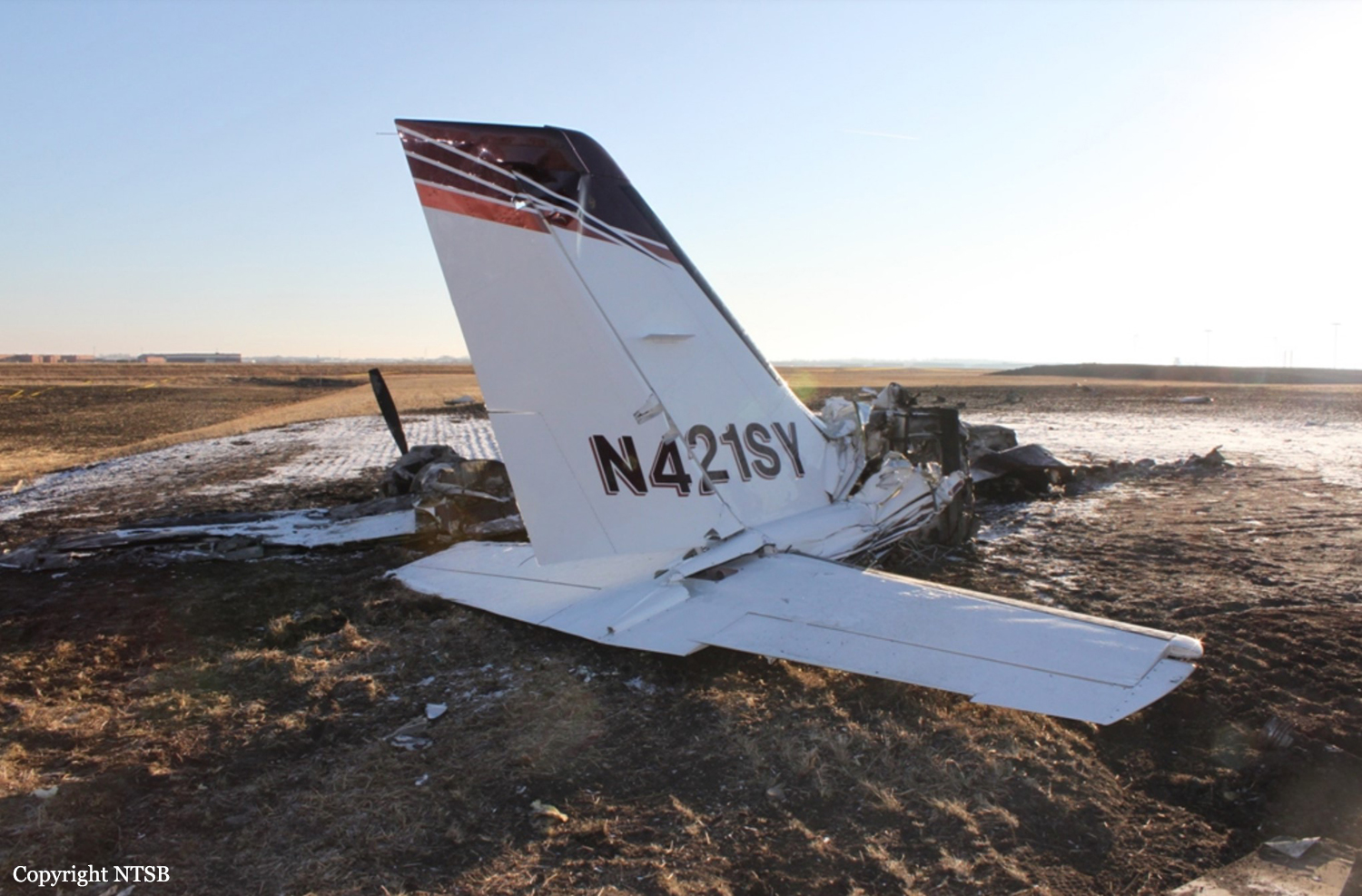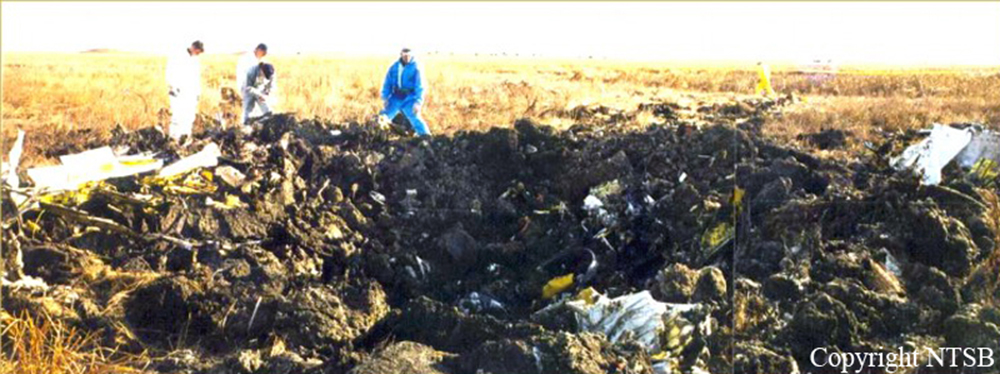Crash of a Piper PA-46-310P Malibu JetProp DLX in Pierre: 1 killed
Date & Time:
Oct 23, 2023 at 1611 LT
Registration:
N92884
Survivors:
Yes
Schedule:
Pierre – Steamboat Springs
MSN:
46-36107
YOM:
1997
Crew on board:
1
Crew fatalities:
Pax on board:
1
Pax fatalities:
Other fatalities:
Total fatalities:
1
Captain / Total hours on type:
680.00
Aircraft flight hours:
3653
Circumstances:
The pilot reported that before takeoff on the cross-country flight, the airplane contained 100 gallons of fuel, with 11 gallons in the header fuel tank, and the airplane’s automatic fuel transfer system was configured as per the checklist. No anomalies were noted during the engine start, takeoff, and initial climb. About 7 minutes into the flight and climbing through 12,000 ft mean sea level (msl), the engine sustained an abrupt loss of power that was confirmed by the loss of torque and engine compressor turbine rpm (Ng) speed. The pilot noted no cockpit warning or abnormal indications before the loss of engine power. The pilot declared an emergency and then executed a 180° turn back to the departure airport. The pilot attempted two engine restarts, and both were unsuccessful. Unable to make it back to the airport, the pilot executed an off airport forced landing. During the forced landing, the airplane sustained substantial damage to the fuselage and both wings. A postaccident examination of the airframe, fuel system components, and functional engine test revealed no evidence of mechanical malfunctions or failures that would have precluded normal operation. The fuel transfer pump switch was found in the manual position. The engine’s fuel was provided by the airframe header tank. Avionics data indicated that during the short flight, the header fuel tank quantity consistently decreased, and the airplane’s automatic fuel system did not continually resupply fuel to the header tank. Based on the available data, a functional engine test, and functional testing of the airplane’s fuel system, it is likely the pilot improperly configured the airplane’s fuel transfer system, which prevented the header fuel tank from automatically refilling during the flight and resulted in fuel starvation and total loss of engine power. Although the pilot reported that he had configured the airplane’s automatic fuel transfer system per the checklist, it is likely that the fuel transfer switch was in the manual or OFF position during the flight. In addition, the pilot did not properly monitor the header tank’s fuel quantity.
Probable cause:
The total loss of engine power due to fuel starvation as a result of the pilot’s improper configuration of the automatic fuel transfer system. Contributing to the accident was the pilot’s failure to adequately monitor the header tank’s fuel quantity.
Final Report:




